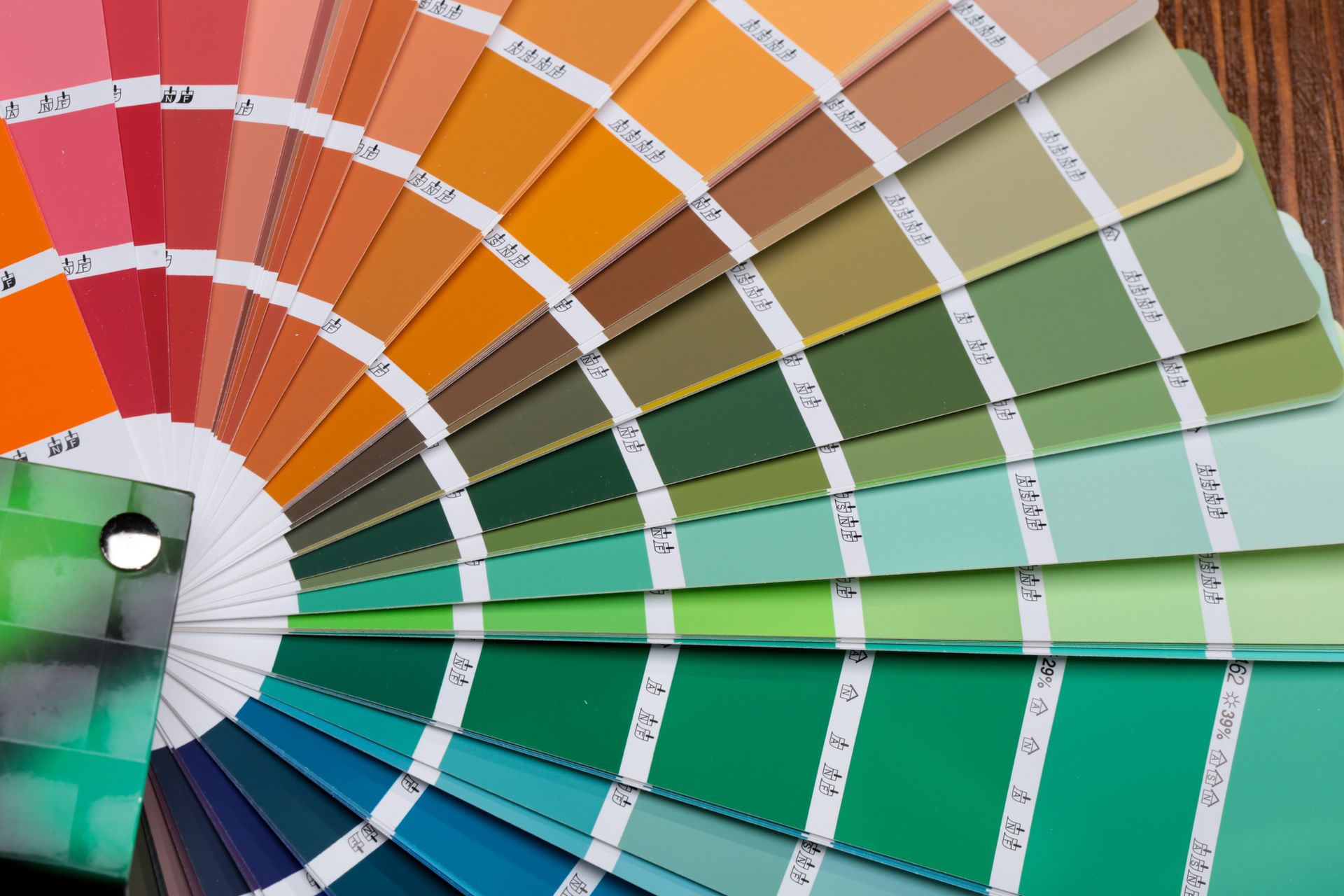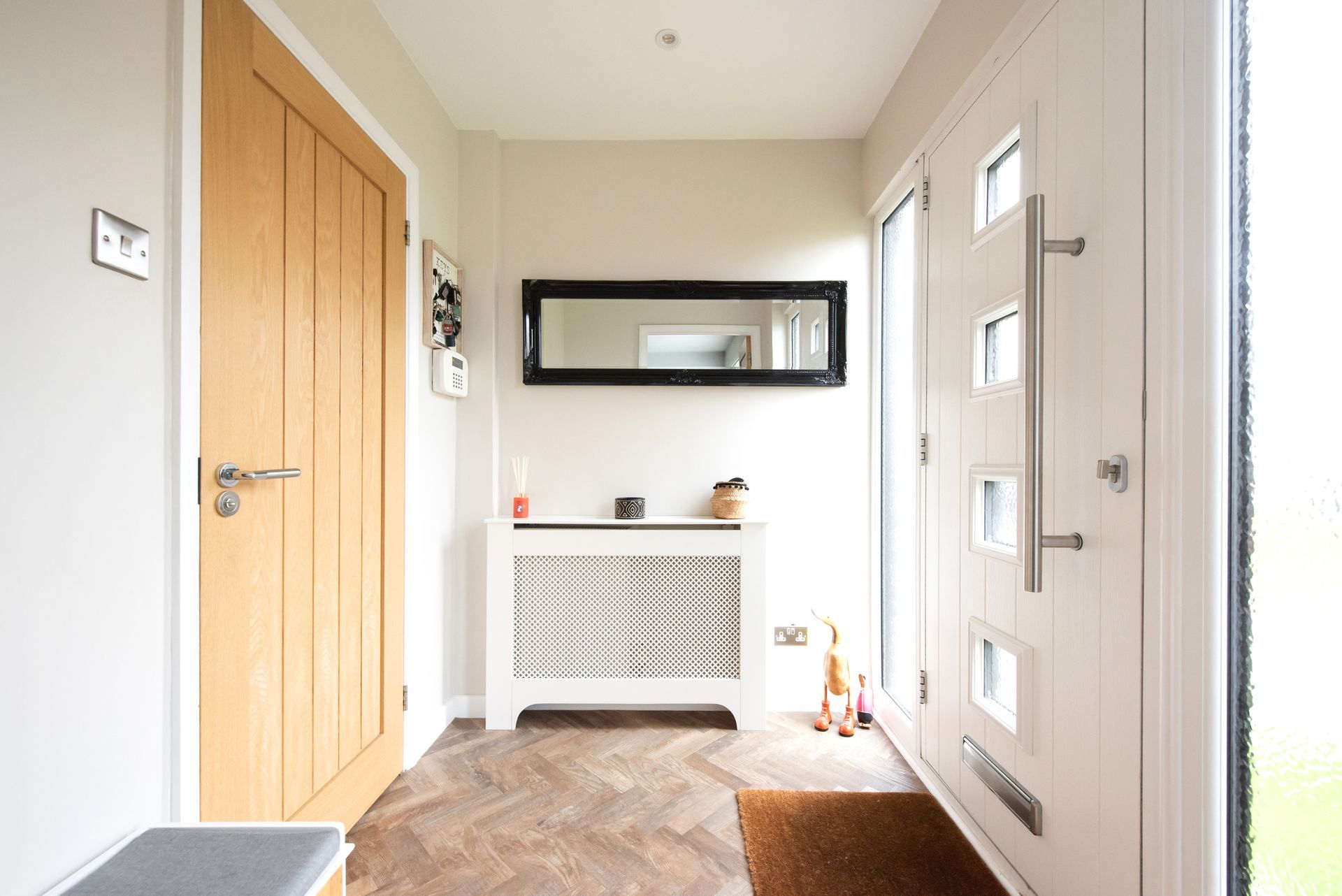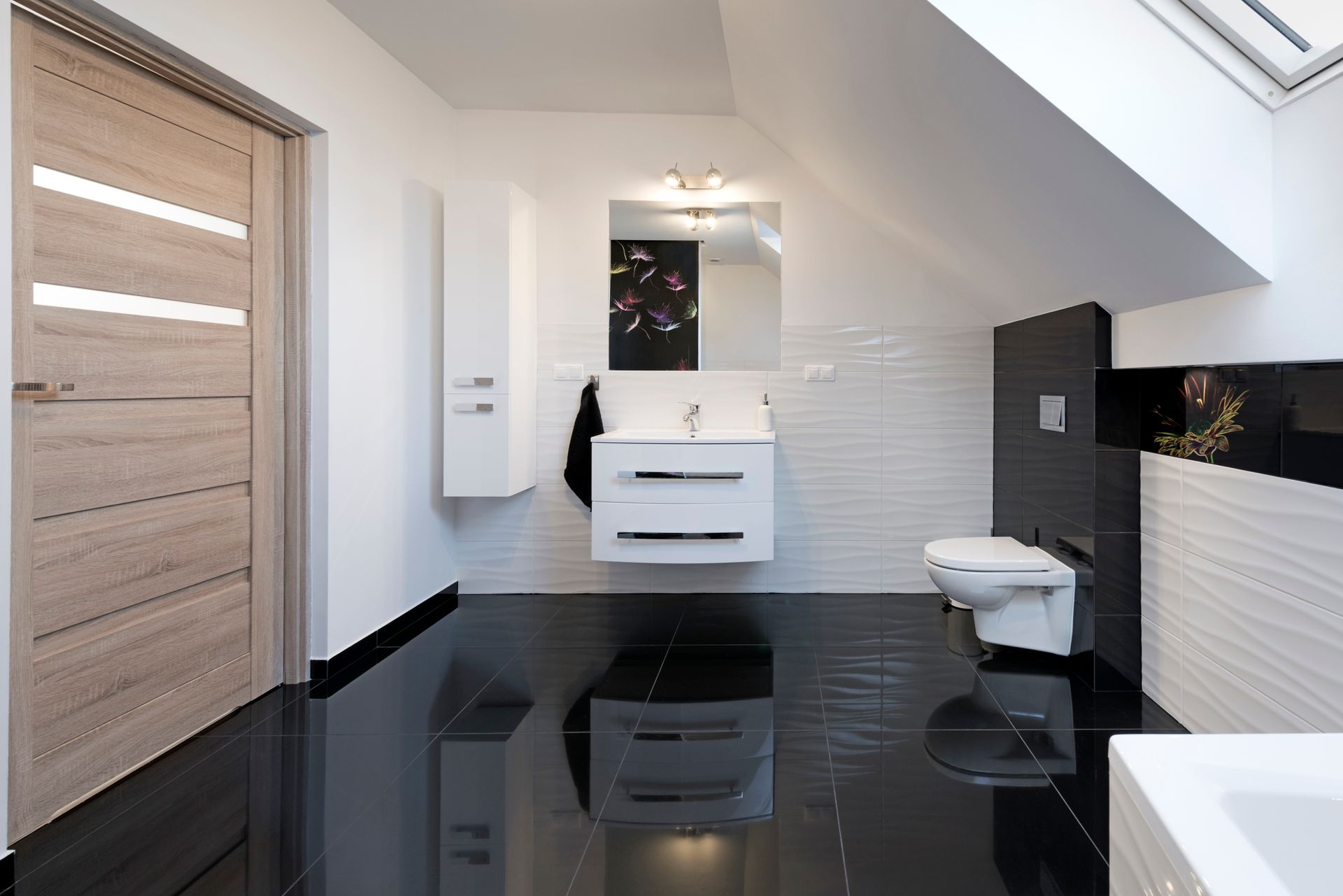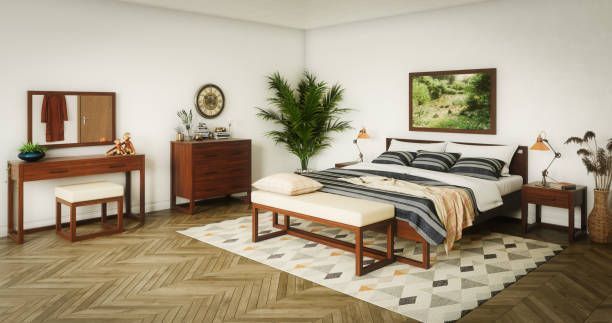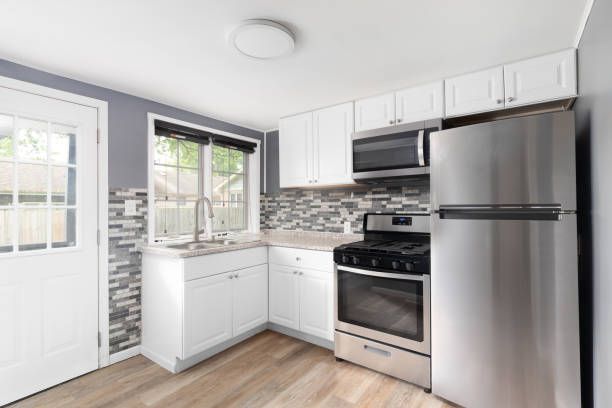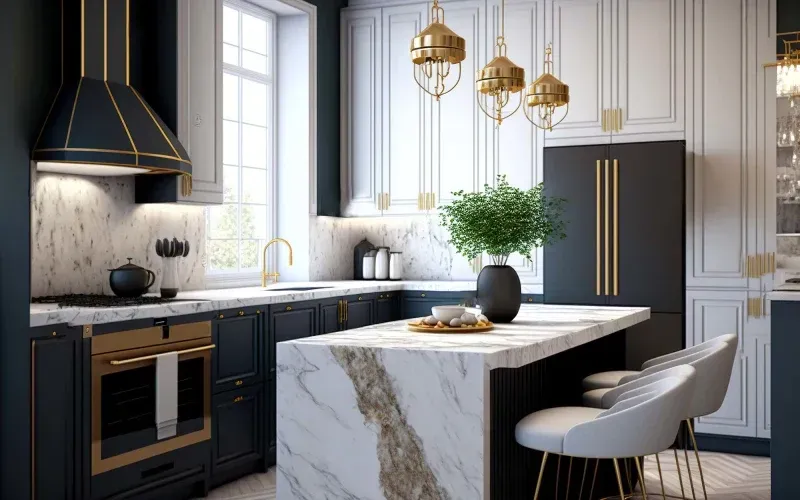March 4, 2024
Are you revamping your kitchen or craving a fresh ambiance? Amidst the array of design decisions, picking out the perfect countertop and backsplash holds immense significance. These elements wield the power to redefine the allure and utility of your kitchen space, and at The Carpet Shop, located in Summerville, SC and serving Ladson, Goose Creek, Ridgeville, North Charleston, Charleston and surrounding areas, we're here to guide you through the process. Material Matters Your kitchen countertop options are diverse, catering to varied budgets, lifestyles, and style inclinations. Here's a glimpse of popular picks: Granite: Renowned for its elegance and resilience, each granite slab boasts uniqueness while offering heat and scratch resistance. However, periodic sealing is necessary to thwart stains. Quartz: A versatile manufactured product available in a spectrum of colors and patterns. Non-porous and resistant to heat, scratches, and stains, it's a low-maintenance choice. Laminate: Offering budget-friendly versatility with numerous designs, laminate countertops are easy to upkeep but may lack the durability and heat resistance of stone options. Wood: Infusing warmth and organic charm, butcher-block countertops are a cozy choice. However, they demand regular maintenance to prevent warping and staining. For backsplashes, ceramic or porcelain tiles reign supreme for their affordability and easy upkeep. Additionally, natural stone tiles, glass tiles, and metal tiles present captivating alternatives, each contributing a distinct aesthetic appeal. Color and Design Harmony Considering the bustling nature of kitchens, contemplate the endurance of your countertop and backsplash against daily wear and tear. Opt for easy-to-clean surfaces, particularly for the backsplash, which often bears the brunt of food splatters. Additionally, factor in the maintenance requirements of different materials; while granite or wood necessitate periodic sealing or oiling, quartz or ceramic tiles demand minimal upkeep. Functionality and Care The kitchen serves as the heart of the home, accommodating meal preps, breakfast routines, and homework sessions. Thus, prioritize functionality and durability when selecting countertops and backsplashes. Evaluate the wear resistance and maintenance demands to ensure longevity and ease of upkeep, aligning with your family's lifestyle. Budget-conscious Choices Amidst the allure of exquisite materials and designs, uphold budget considerations. At The Carpet Shop, we offer attractive, durable options across every price range. While natural stone countertops like granite or marble lean towards the pricier side, laminate or tile countertops present cost-effective alternatives without compromising on style or quality. In conclusion, the selection of the perfect countertop and backsplash entails a meticulous assessment encompassing material attributes, aesthetic appeal, functionality, and financial constraints. With our expertise and your preferences in harmony, let's embark on a journey to enhance the allure and functionality of your kitchen space. Happy designing with The Carpet Shop!
